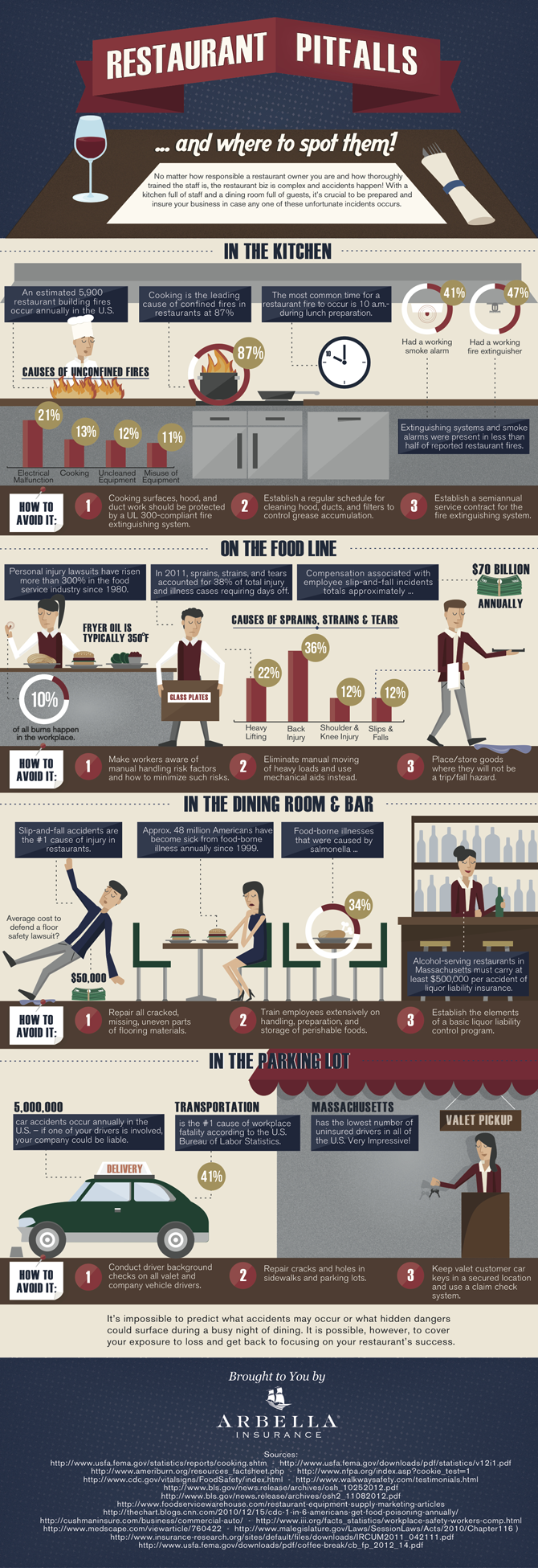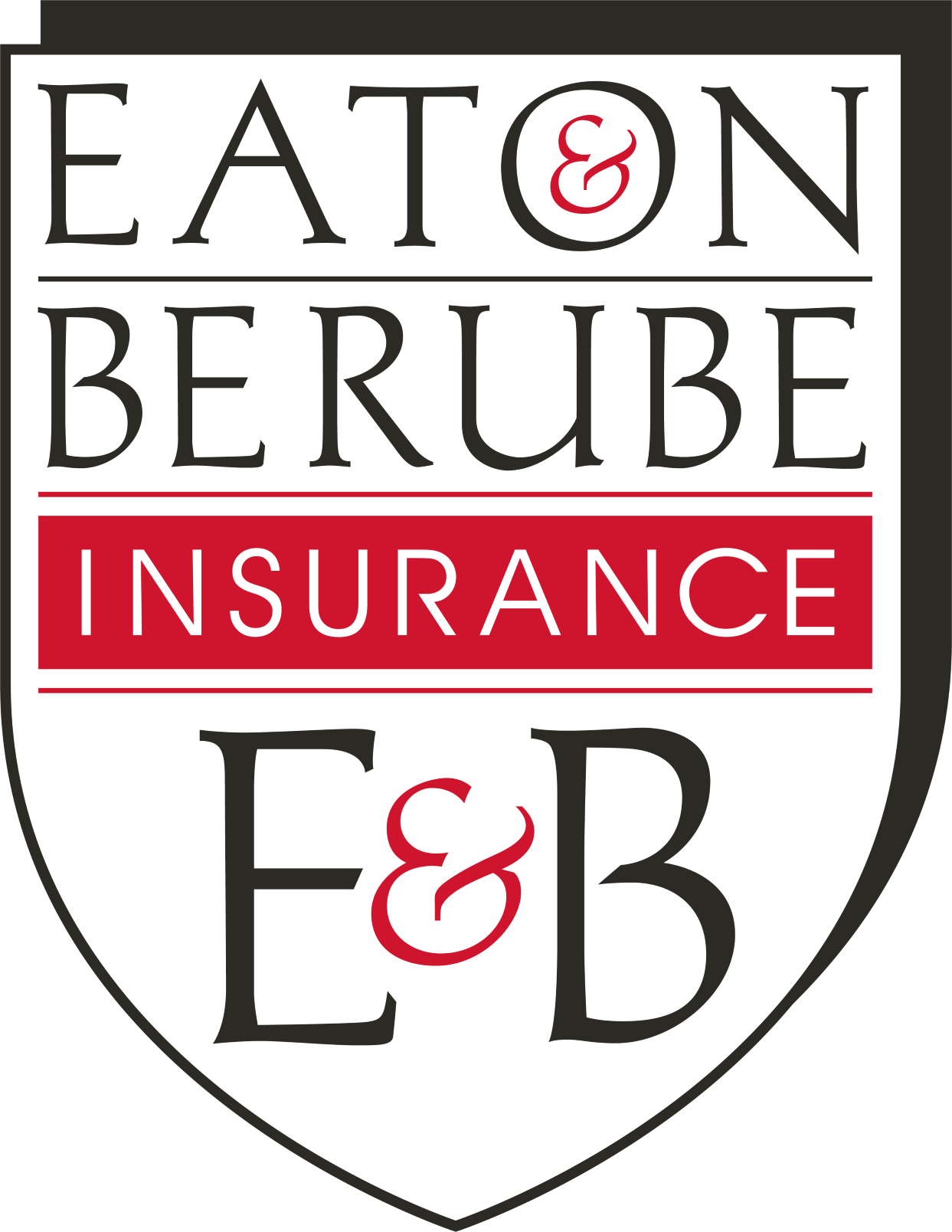Restaurant safety must be a top priority because a restaurant’s environment is a volatile and unpredictable place. It takes the keen eye of experience to run a safe food-service establishment. Out back in the kitchen it’s hot, very hot. Along with the blistering temperatures, we have sharp knives, searing stovetops, and sizzling entrees, all bustling among the organized chaos of chefs, servers, and other workers.
On the flip side, out in the dining room, there are potential safety hazards everywhere. We have food and beverage, glassware and plates, servers and guests, all playing an essential part in the fast-paced choreography of food service that is required to make every restaurant run smoothly and efficiently. Unless your employees are trained to identify and manage safety hazards, these danger spots may be overlooked and will certainly dine on your bottom line.
Know the Hazards
Accidents are a part of every job. Knowing what you are looking for and training your and your employees’ eyes to see and supervise hazards as they happen will reduce the risk of anyone in your restaurant sustaining an injury. Restaurant safety takes practice. Here are some of the top danger areas:
| Spills & Drops | Heat & Steam | Damaged Equipment |
| Right Job, Wrong Tool | Knives & Other Sharps | Guest Factors |
Knife Safety
Knife safety is one of the most critical areas of concern in a restaurant. Proper knife handling information and employee training will mitigate the inherent risk that comes with knife use. Below are just a few key points that will ensure you have a safe environment for your employees and guests:
| Let a Falling Knife Fall | Wear Protective Clothing | Store Knives Correctly When Not in Use |
| Keep Knives Sharp & in Good Condition | Cut in a Direction Away From Your Body | Do Not Rush |
Click here for additional information from the Occupational Safety & Health Administration (OSHA) regarding the safe use, storage, and handling of knives in a restaurant environment.
Slips, Trips, and Falls
Slips, trips and falls are the leading cause of injuries in restaurants. Representing just one of many safety hazards, each year wet floors cause thousands of injuries in restaurants around the United States. Knowledge and training in how to prevent spills and react to unavoidable liquid accidents is vital to reducing your risk. Common factors that may create a trouble spot include liquids, ice, soap, grease & oil, and even loose paper. Here are a few key solutions:
| Clean Up Every Spill Immediately | Use Floormats in the Kitchen | Ensure Proper Drainage |
| Use Proper Signage | Make Wide Turns | Require Oil Resistant Shoes |
| Take Small Steps, Slow Down | Never Leave a Spill Unattended | Know the Surfaces |
Remember, most every surface in a restaurant has the potential to become dangerously wet at nearly any time. What was dry a few minutes ago may become an accident waiting to happen, so stay alert for changing conditions and react immediately if you encounter a spill or a wet floor of any kind.
Accidents Are Costly
What is the real cost of workplace injuries? According to OSHA, the average eye injury costs $1463. Although this may not seem like a large amount, most restaurants do not operate with a high profit margin, and workplace injuries will cut into your profit. For instance, a restaurant with a generous 5 percent margin would require an additional $20,000 in sales simply to cover the expense of a $1000 injury.
Knowledge and training are vital to keeping the risks of running a restaurant as low as possible. The workplace safety equation is straightforward and simple; firm safety principles plus superior safety procedures equal fewer workplace injuries.
The infographic below from Arbella Insurance provides you with a more visual look at common restaurant risks and the steps you can take to notice and avoid these exposures.

At Eaton & Berube, the protection of your business and valuable employees, is important to us. Our agents are here to make sure you are protected. For additional safety tips and useful resources, please subscribe to our blog or contact us.
